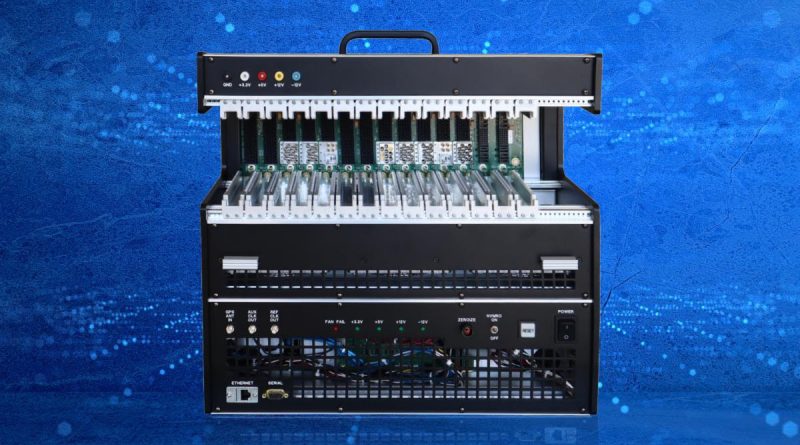New 12-slot, 3U Development Platform from Elma Aligned to SOSA 1.0 and CMOSS Initiatives Industry gains further resources to quickly develop and deploy interoperable, open standards-based connected systems for military applications
Elma Electronic Inc. has released a 12-slot, 3U Development Platform aligned to SOSA 1.0 and CMOSS. The new platform features high-speed RF and optical I/O connectivity on several key SOSA profiles and supports both IO-intensive and compute-intensive processor slots, two switch slots, and one PNT slot as part of the test solution.
Before its official release, the development platform served as the heart of a successful interoperability demonstration involving three additional SOSA member companies at the Tri-Service Open Architecture Interoperability Demonstration (TSOA-ID) held in March of this year. It was the first TSOA-ID event since the SOSA Technical Standard was officially released in September of 2021.
Ken Grob, director of embedded computing at Elma Electronic Inc., noted, “Now that SOSA 1.0 has been released, streamlining development time of SOSA aligned systems is critical, so that we can speed time to market and shorten deployment of these open standards-based systems. Elma’s new 12-slot development platform provides a complete test environment to support application development for both SOSA and CMOSS initiatives.”
In addition to the 12 payload slots, the new platform also provides two VITA 62 power slots. The unit is built on an Elma Type 39 84HP-wide E-Frame chassis that provides open access for testing and troubleshooting, further facilitating rapid application development.
Dual high wattage VITA 62 3U VPX pluggable power supply modules, a network timing card with radial support for IEEE 1588 precision timing and synchronization, and a 4590a 1/10/40GigE Ethernet switch with copper and fiber ports from Interface Concept round out the options available with the new development platform.
Also featured are conduction-cooled slot inserts, front and rear fan trays with 12 VDC fans, and AC operation using a power cord. The platform includes a front panel on/off switch, reset switch, voltage LEDs, and test points for easy operation and status acknowledgments via visual confirmations.

